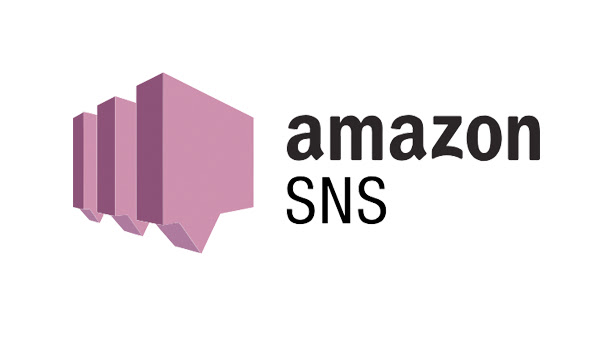AWS SNS
AWS SNS
AWS SNS -
- Used to broadcast messages
- Pub-sub model (publisher publishes messages to a topic, subscribers listen to the topic)
- Instant message delivery (does not queue messages)
Encryption -
- In-flight encyption by default using HTTPS API
- At-rest encyption using KMS keys
- Client-side encryption
Access Management -
- IAM policies to regulate access to the SNS API
- SNS Access Policies (resource based policies)
- Used for cross-account access to SNS topic
- Used for allowing other AWS services to publish to an SNS topic
Standard Topics -
- Highest throughput
- At least once message delivery
- Best effort ordering
- Subscibers can be -
- SQS queues
- HTTP/HTTPS endpoints
- Lamda function
- Emails (using SNS)
- SMS and mobile notification
- Kinesis Data Firehouse to send the data into S3 or Redshift
Fifo Topics -
- Guaranteed ordering of messages in that topic
- Publishing messages to a fifo topic reqiures -
- Group ID - messages will be ordered and grouped for each group ID
- Message De-duplication ID - for de-deuplication of messages
- Can only have SQS FIFO queues as subscribers
- Limited throughput (same as SQS FIFO) because only SQS FIFO queues can read from FIFO topics
- The topic name must end with .fifo
SNS + SQS Fanout Pattern -
- Fully decoupled, no data loss
- SQS allows for - data persistence, delayed processing and retries of work
- Make sure your SQS queues access policy allows for SNS to write
Message Filtering -
- JSON policy used to filter messages sent to SNS topics subscriptions
- Each subscriber will have its own filter policy (if a subscriber doesn't have a filter policy, it recieves every message )
- Ex. filter messages sent to each queue by the order status
SNS + Lamda + DLQ -





Comments
Post a Comment